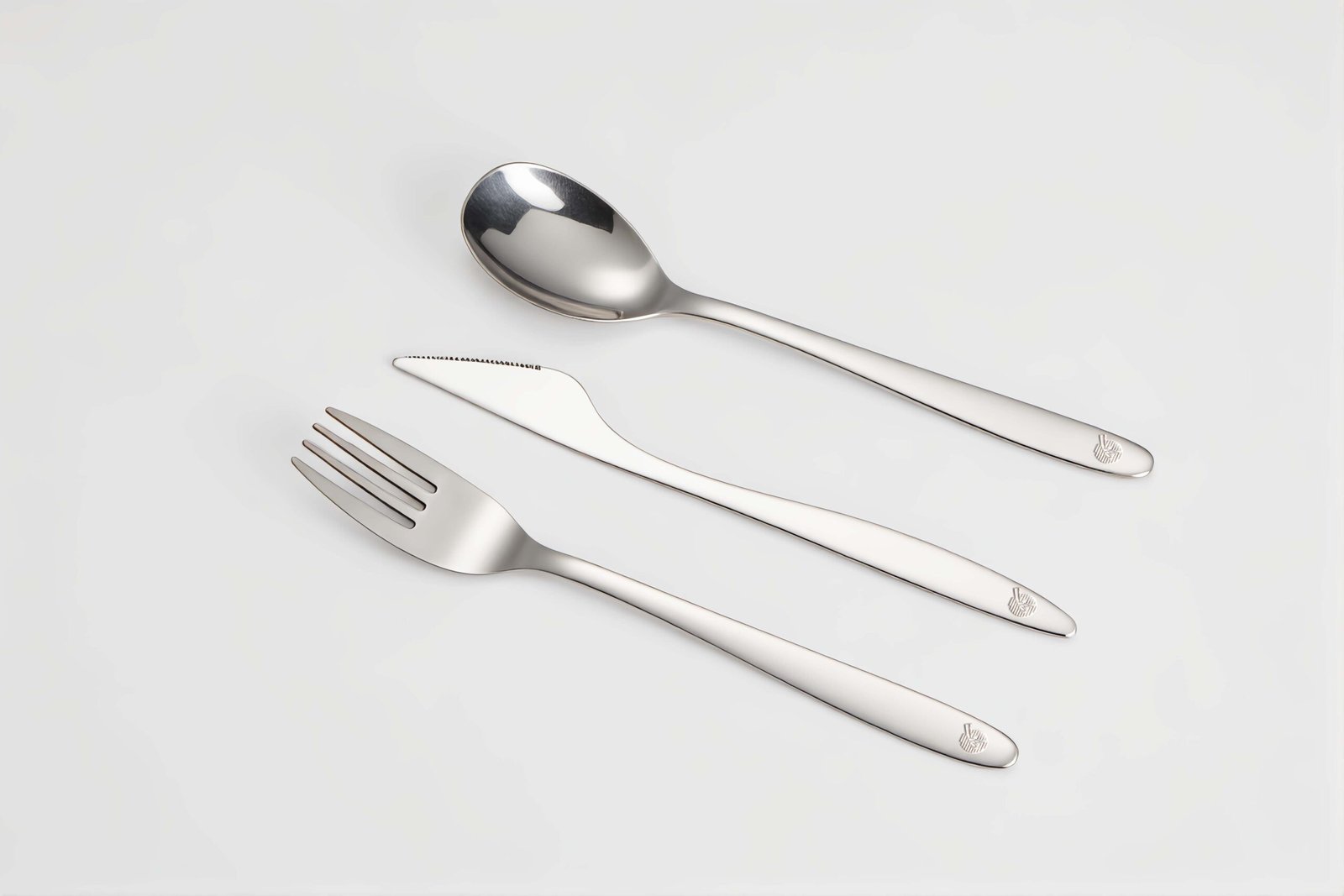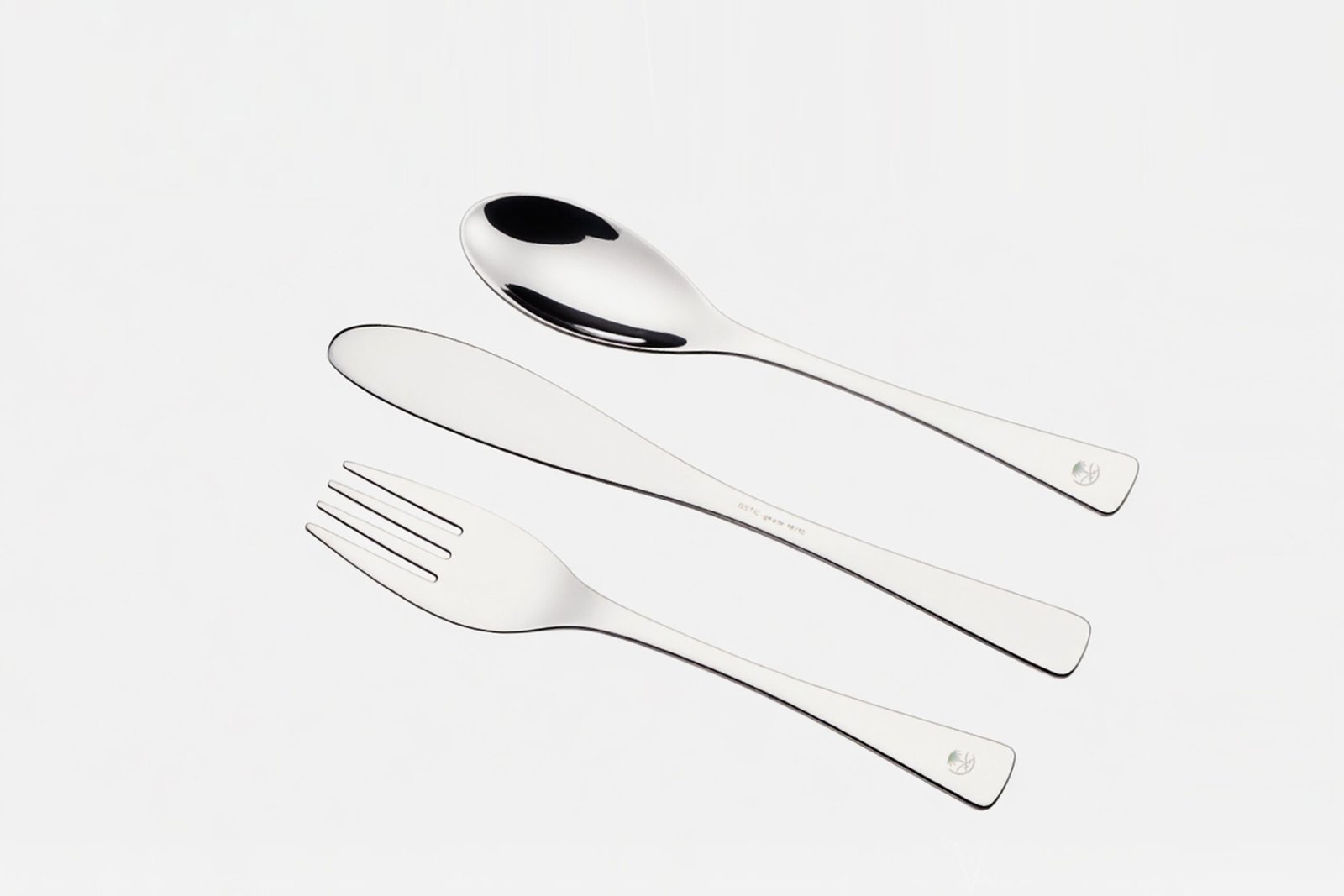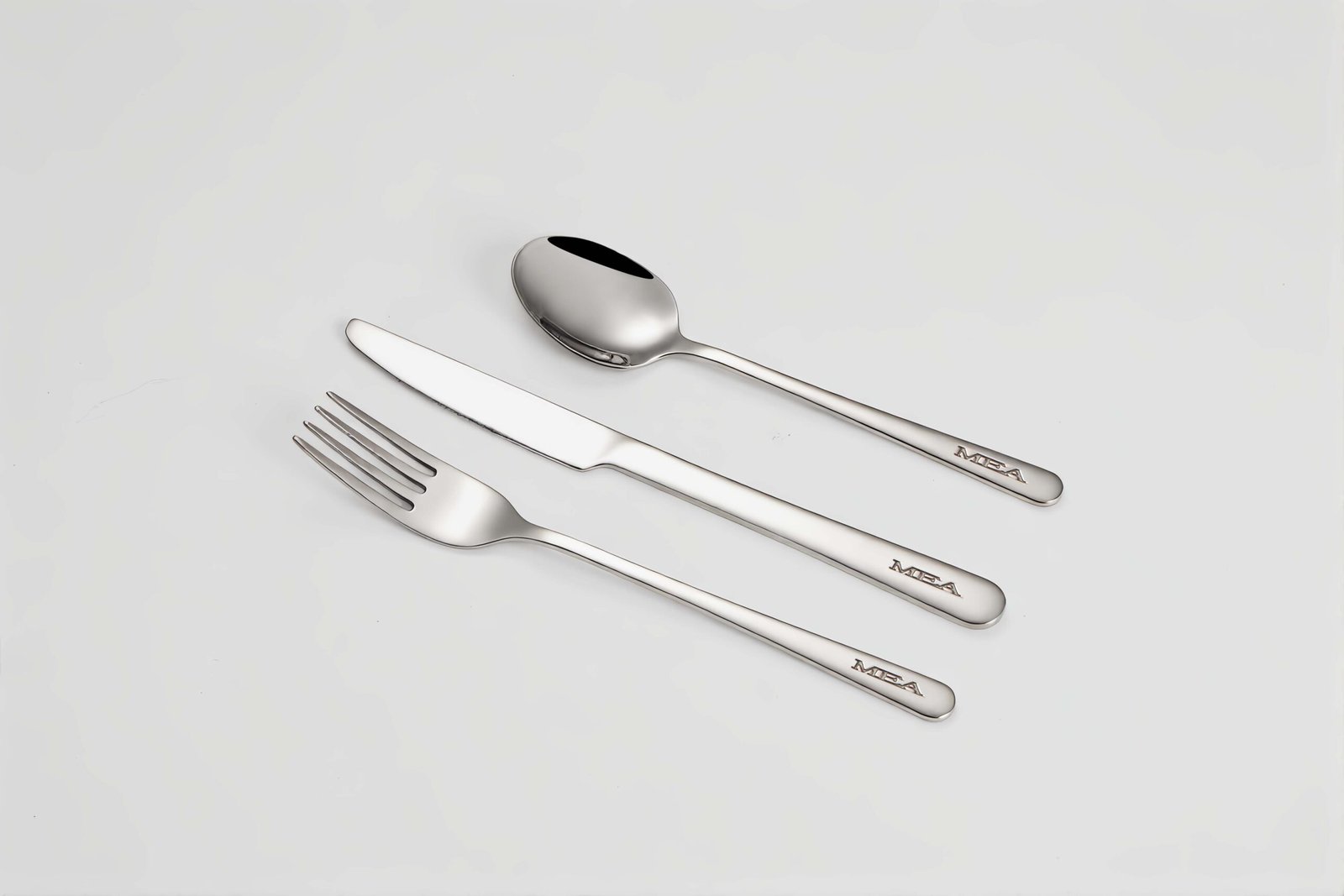I’ve spent a decade in the kitchen and tabletop world. I know the pain of a dull knife. Today, I’ll share when and why to sharpen knives.
A sharp knife makes cooking safer, faster, and more fun.
I’ll guide you through key questions. You’ll learn how cheese knives work, how long edges last, and how to know when to sharpen. Ready to slice like a pro?
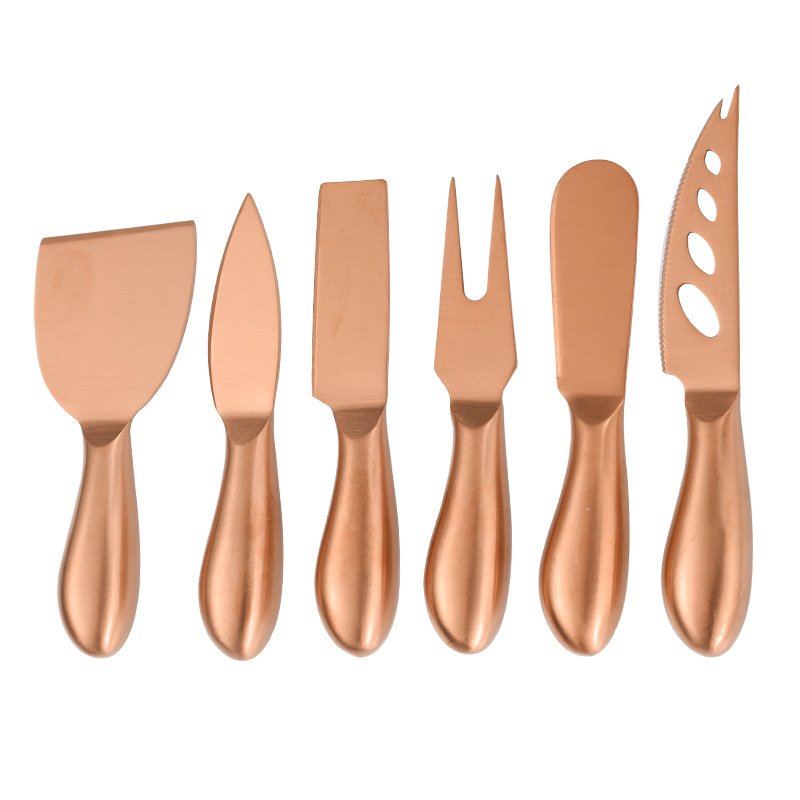
How Does a Cheese Knife Work?
I remember my first cheese knife. It looked simple but cut like a dream. A cheese knife uses special edges and holes to prevent sticking. It may have forked tips to lift slices.
Cheese knives work by reducing surface contact.
Why Surface Contact Matters
When cheese touches a blade, sticky proteins cling. Holes and hollow edges give air pockets. This stops drag. Less drag means cleaner cuts.
Key Knife Features
| Feature | Purpose | Benefit |
|---|---|---|
| Hollow-ground edge | Creates pockets of air | Low drag on cheese |
| Open blade design | Reduces flat contact area | Easier slicing and cleaning |
| Forked tip | Lifts and serves slices | No need for extra tool |
Cutting cheese feels different than cutting vegetables. The sticky proteins and varying cheese textures demand unique blade designs. Some knives even have non-stick coatings to combat the oils in aged cheeses. These features let you cut soft brie or hard parmesan without tearing or smearing.
How Long Does a Sharpened Knife Last?
A razor edge can feel sharp for weeks or months. But many factors matter: steel quality, usage, and care.
A good edge can last 1–3 months under home use.
Factors Affecting Edge Retention
| Factor | Effect | Typical Range |
|---|---|---|
| Steel hardness | Harder steels hold edges longer | 56–62 HRC (Rockwell scale) |
| Cutting board | Hard boards dull faster | Wood vs. plastic vs. glass |
| Use frequency | Daily use wears faster | Home vs. professional kitchens |
Edges dull gradually. You may not notice until slicing becomes awkward. Regular maintenance helps extend life. Tracking performance over time can reveal when to sharpen. A tracking journal works well for pros who use knives daily.
Can You Sharpen a Knife Too Much?
Some hobby cooks sharpen weekly. Others only when needed. But over-sharpening can wear the blade.
Yes, excessive sharpening removes blade material and shortens knife life.
Balancing Sharpening and Honing
Honing realigns the edge. Sharpening grinds metal. Frequent honing preserves the edge. Sharpen only when honing fails.
Material Removal Rates
| Action | Material Removed Per Pass | Recommended Frequency |
|---|---|---|
| Honing | None (realignment) | Before each use |
| Sharpening | 0.02–0.05 mm per side | Every 8–12 weeks |
I sharpen too much early in my career. I lost knife life. Now, I hone daily and sharpen less. It keeps blades lasting longer.
How Can You Tell If a Knife Needs Sharpening?
I test my knife daily. A quick slice through paper tells me a lot. If the blade snags, it’s time. Clippers or tomatoes also work as tests.
Simple tests reveal edge condition fast.
Common Sharpening Tests
| Test | What It Shows | How to Do It |
|---|---|---|
| Paper slice | Edge sharpness and smoothness | Slice a sheet of printer paper |
| Tomato test | Fine edge and peel accuracy | Slice a ripe tomato thinly |
| Fingernail | Edge catch | Gently drag on nail |
Critical Signs of Dullness
1. Inconsistent slicing results in jagged edges on food.
2. Requires extra force, making cuts unsafe.
3. Foods stick or tear rather than slice cleanly.
Recognizing these signs early prevents frustration. I now run the paper test each morning. It takes seconds but saves time later.
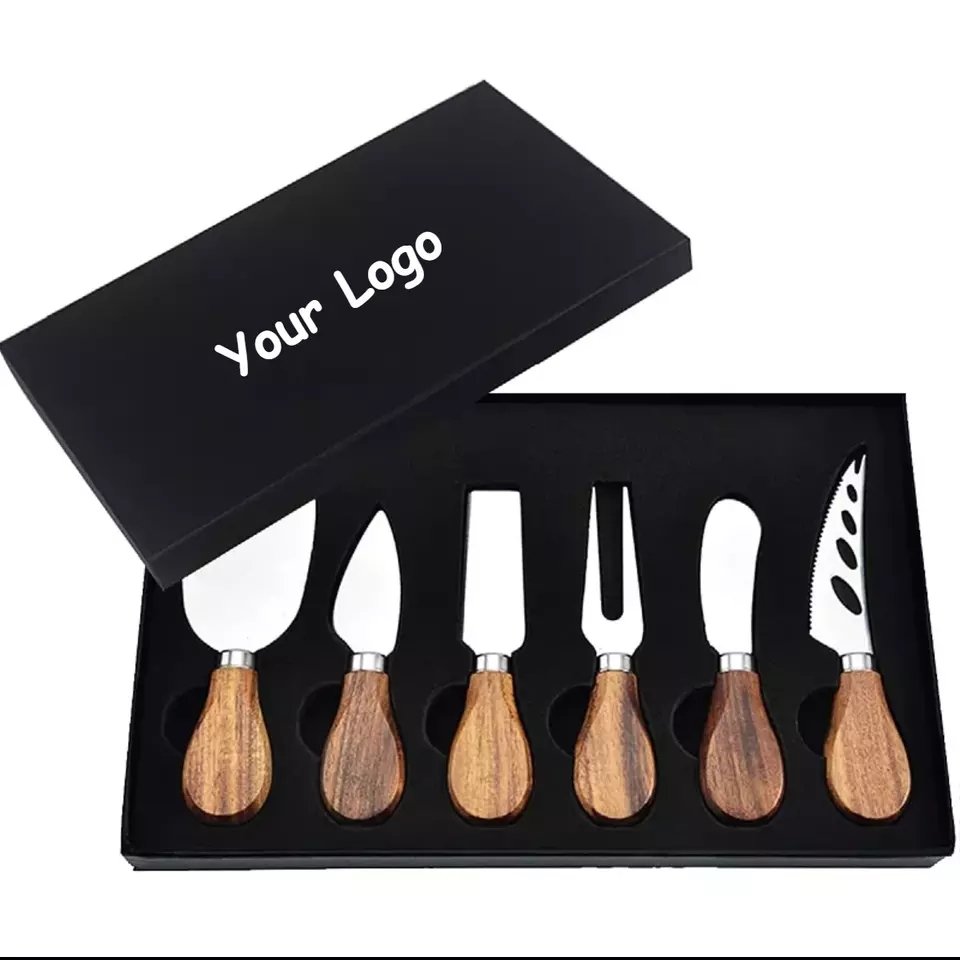
How Frequently Should I Sharpen My Knife?
Frequency depends on use. Home cooks may sharpen twice a year. Pros sharpen weekly or monthly.
Match sharpening frequency to use for best results.
Recommended Schedules
| User Type | Honing Frequency | Sharpening Frequency |
|---|---|---|
| Home Cook | Before each use | Every 6 months |
| Enthusiast | Before each use | Every 3 months |
| Professional | Daily honing | Every 4–6 weeks |
Adjusting Based on Experience
Experience guides sharpening. New cooks often under- or over-sharpen. Track performance. Adjust schedules when knives dull too soon or last too long.
Tracking Knife Maintenance
1. Keep a log: date, steel type, tests run.
2. Note when the blade fails tests consistently.
3. Adjust sharpening intervals accordingly.
This data-driven approach ensures you sharpen only when needed.
How Expensive Is It to Get Knives Sharpened?
Professional sharpening costs vary. In shops, expect $5–$15 per knife. Some services offer subscriptions for multiple knives.
Investing in sharpening services saves nerve and time.
Cost Factors
| Service Type | Cost Range | Notes |
|---|---|---|
| Single knife | $5–$15 | Varies by steel and size |
| Subscription | $20–$50/month | Unlimited or fixed number knives |
| Mobile service | $10–$20/knife | Convenience adds cost |
I once paid $100 for a set of ten. It felt steep until I saw the precision. Outsourcing sharpening frees you to focus on cooking, not edges.
Can a Knife Be Too Old to Sharpen?
Knife age alone doesn’t matter. Wear and damage do. A century-old damascus can still sharpen beautifully if maintained.
Age isn’t the enemy—damage and neglect are.
When to Retire a Knife
| Condition | Sharpenable? | Recommendation |
|---|---|---|
| Minor chips | Yes | Sharpen and hone carefully |
| Deep chips/cracks | No | Repair or retire |
| Rust pitting | Yes (if minor) | Clean, then sharpen |
| Warped blade | No | Replace |
Preservation Tips for Heirloom Blades
– Store in dry environments to prevent rust.
– Hone often to minimize sharpening.
– Use protective sheaths or cases.
I own a 50-year-old paring knife from my grandmother. With care, it still performs. Its patina tells a story of meals shared.
A sharp knife saves time and boosts confidence. Sharpen wisely and hone often for best results.




